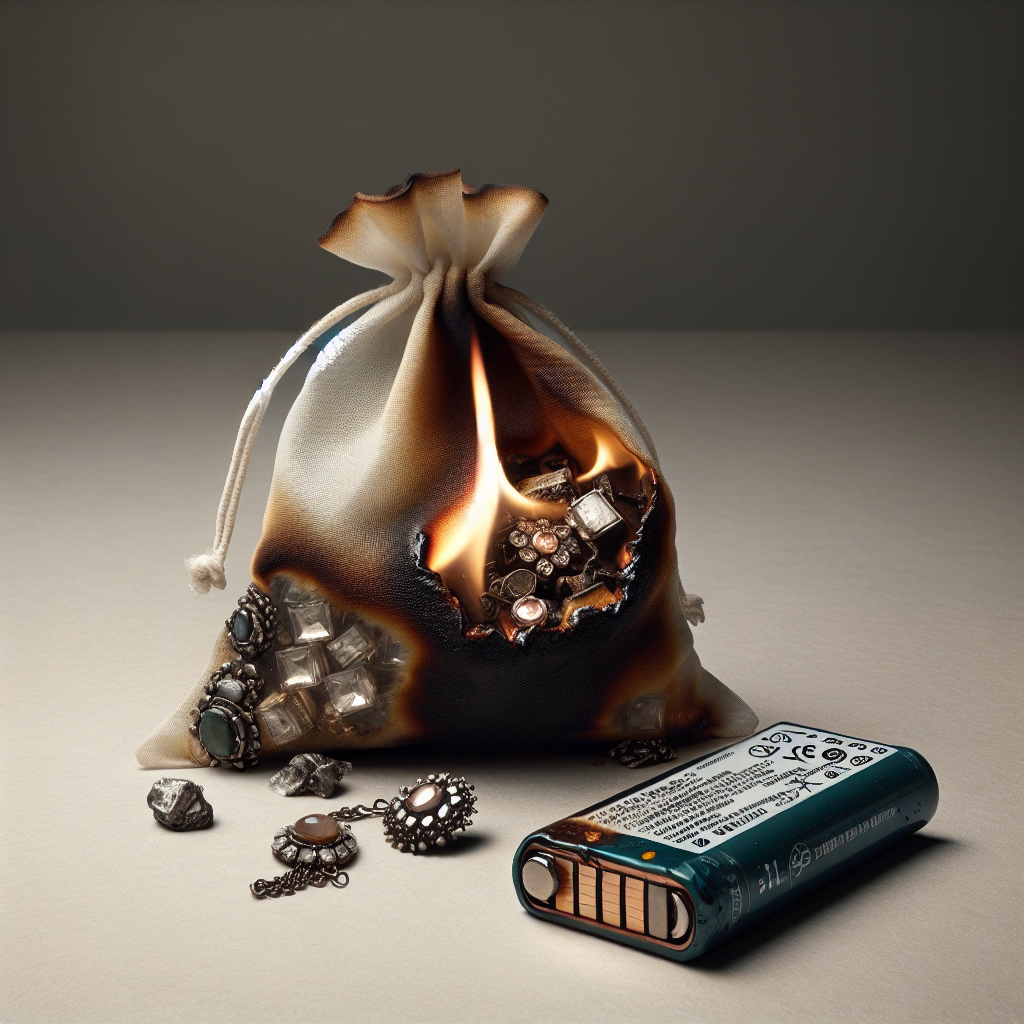
Life-Threatening Incident Averted Mid-Air on Flight 1519
Share
May 30, 2017, marked a day of alarm and quick-thinking aboard Southwest Airlines Flight 1519 from Baltimore to Fort Meyers. In the sky, restrictions are high and dangers loom in unexpected corners, one of which turned into a potential disaster when a passenger's carry-on bag suddenly became a focal point. Contained within the bag was a seemingly innocuous lithium-ion battery tucked in amongst jewelry and personal items. But physics cares little for such innocence as the battery began to dangerously overheat, a known risk with powerful energy sources in compact forms.
The cabin's atmosphere teetered on the edge of panic. One passenger's alertness to the escalating heat in her bag led to an immediate response. Handing over the overheating battery to a flight attendant steered the situation from chaos. Resourcefulness kicked in as the crew utilized a containment bag and water to cool it down. Despite their efforts, the smaller bag with the battery suffered charring, a stark reminder of the calamity that was narrowly averted.
As the collective pulse of the cabin steadied with the flight's safe continuation, passengers and crew alike were left to ponder the cruciality of preparedness. While the bravery and quick action of those on board Flight 1519 cannot be understated, they were fortunate. Relying solely on improvisation in critical moments is a gamble that we cannot afford to take.

Enter the FireTowel, a paradigm shift in handling such high-stake situations. Imagine a device within arm's reach, specifically designed for this exact scenario. Its thicker fabric and perimeter weights lay siege to the flames and smoke, while equipped handles allow for precise maneuvering. Flight 1519's incident is a harrowing reminder that accidents lurk in the shadows of the mundane. However, with innovations like the FireTowel, we can not only react; we can control and extinguish
